The Black Voivode
I. Duke over Fagaras and Amlas Counties, subject of the Hungarian Crown, Catholic by religion, founder of Wallachia… of Cuman Origin…
…or…
II. …Knight, with Kabar origin, initiated in Jewish mysticism, buried in the Royal Church of “Curtea de Arges” (Medieval Court of Arges).
Regarding the first paragraph, questions are already answered in the writings of distinguished: Pal Binder and Neagu Djuvara.
For the second one, arguments are needed:
Inside The Royal Church of Arges, known as the Black Duke’s Church (Biserica Negru Voda) , Nicolae Iorga made in August 1920 a fabulous discovery. Between the columns of the southern nave, under the current church – dated for the XIV century, is the oldest grave of a Romanian Crowned Head. In that special place… and not inside the altar (as it should be), liturgies were held and allways strated with a name: “Negru Voda” (The Black Duke).
Although, as described in the discovery at that time (1920), the tomb is intact and undesecrated; today, the tomb stone (gisant) has it’s inscriptions removed, the image of the ruler – destroyed and the sarcophagus is broken with sledge hammer in the upper end – where the Seal Solomon IS (sic!). It is a “heritage crime” deliberately accomplished in the 1920s – right after the moment of discovery.
Here are the symbols that appear on the sarcophagus – from bottom to top: La Croix Ancree, The Tree of Knowledge, The Seal of Solomon.
Cathar Cross (2) or “Croix Ancree” is a central symbol in Western European Gnosticism… whose origins were in Bogomilism(1).
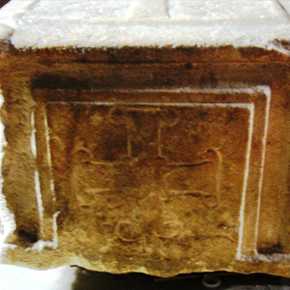
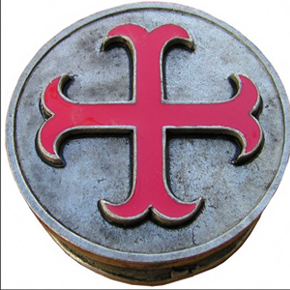
Fig.1 Croix Ancree – Arges Fig.2 Croix Ancree
The Tree of Knowledge (3) appears to be a Sephirotic Tree (4). The Sacred Heart corresponds to Sephira Tipheret and the Lapis (Rose composed of four equilateral triangles) overlap Sephira Kether.
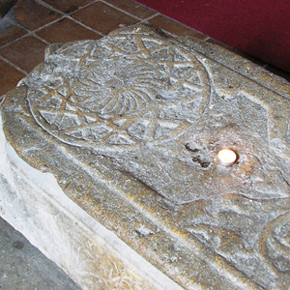
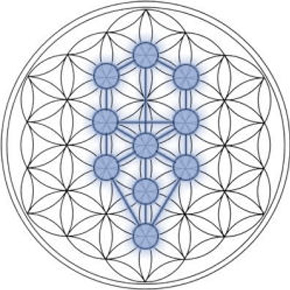
Fig.3 The Tree of Knowledge Fig.4 Systema Sephiroticum
The Seal of Solomon… Magic Key of Wisdom appears in all Its Splendor (5,6,7), as is featured in Galilee (8), in Caucasian Khazaria (9) or Sinca Veche – Romania (10).
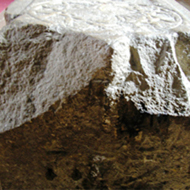
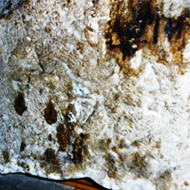
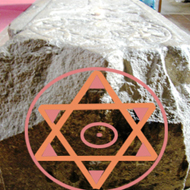
Fig.5 Seal of Solomon-Arges Fig.6 Seal of Solomon-Arges-detail Fig.7 Reconstruction
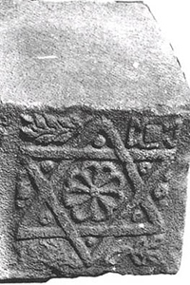
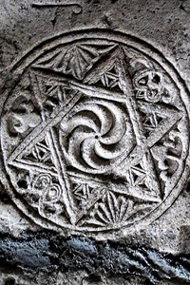
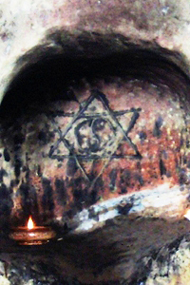
Fig.8 Solomonic Seal-Galilee Fig.9 Solomonic Seal-Caucasus Fig.10 Solomonic Seal-Sinca
At “Sinca Veche” we’re dealing with the Oldest Syngogue on Romanian territory. In the so-called “Temple of Fairies” we can easily find the elements of consecration: Aron Kodesh and Torah Ark – oriented towards Jerusalem; Magen David – completed with Nikkud marks and The Rose forms The Seal of Solomon; Bimah - soil imprint located in front of the Aron Kodesh; Ner Tamid – niche East from Aron Kodesh.
Besides these elements clearly individualized, there is an Initiatory Route in Three marked Stages: Disbalance, Conjunction, Treasure.
The moment when The Novice makes his first steps on “Path of Mysteries” is marked by the Symbol:
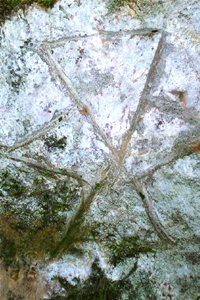
It’s the symbol of “Annunciation”, when the Sky turns to Earth, when the two triangles enter in conjunction.
When the Disciple “Sees” the light is marked by the Symbol:
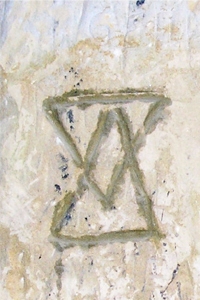
It’s the symbol of “Birth”, when the conjunction of Two generates a Third One – as Rhombus.
The Master reaches Perfection when he’s living the sacrament… The marking it’s the Seal of Revelation, Seal of Solomon.
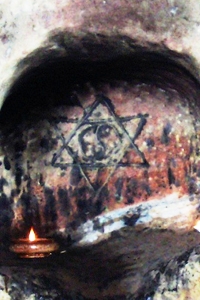
It’s the Symbol of “Death and Resurrection” in a different Symmetry, in a different Order.
The Three Symbols appear carved in stone – Outside, in the Entrance Hall, in the Torah Ark. The Sequence and their Significance makes sense in Judeo-Christian Mysticism.
On the Territory north of Danube, from Turkic populations (Bulgars, Kabars, Pechenegs, Hungarians, Uzes and Cumans), the Kabars (of khazar origin) were certainly of Mosaic Religion. Their remains are still obvious in the very center of Romania: Fagaras Country. After 1000e.n., when Hungarians embraced Catholicism, “the Bisseni” are catalogued as- “Pogany” (pagans) and kabar nobility – adopt Christianity but is not prevented from practice a Jewish Mysticism in private or “inner court”. Clear elements of Jewish Mysticism are found in the doctrine of Initiation of knightly Orders in Western Europe (11). They come into contact, in Transylvania, due the Eastward expansion of Catholicism, with the “indigenous” one (i.e. Kabar).
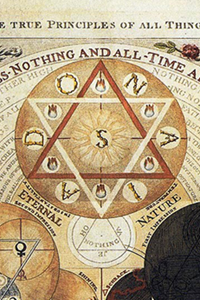
Fig.11 Engraving XVII cent. – Dionysius Andreas Freher
During the reign of Ladislaus the IVth, Hungary plounges in a period of internal conflict – between Crown, Church, Prince of Transylvania and Cumans,.. plus the Mongol invasion in 1285. The adverse events will culminate with the assassination of Ladislas the IVth by Cuman mercenaries. Fourteenth century opens with the period of Interregnum and then, crowning of the Angevins.
Between 1285 and 1312, are met the conditions for the raising of Wallachia – “Cumania” (former name of Wallachia) is devastated; the boyars of Basarab Clan fall; Hungary resist but is grinded from inside in various conflicts. Between 1285 and 1312… are met the conditions to reign for “Negru Voda” (the Black Prince) – as Subject of the Hungarian Crown – still Arpadian, not yet Angevin. It’s the period in which the Chronicles marked the “dismount” of the Black Duke upon Arges lands – as foundation of Wallachia. The very same Chronicles tell us that the burial ground of the Black King (Negru Voda) is in the Royal Church of Arges.
After nearly 700 years, is unearthed by Iorga. The Prince appearance is impressive: Tiara, Brocart with gold thread and decorated with “Gamma Crux” motif, Buckle with symbols of the Grail Knights, silver-plated Buttons with the coat of arms of Arpadian Hungary. His position in the sarcophagus is typical: “bras croises sur la poitrine ” … like the Great Masters of Western Orders.
Actually, the First Foundation of Wallachia, dates back in 1215 – made by the Teutonic Knights and Dominican Friars in Campulung (Civitas Longo Campo). The first foundation was compromised by the Golden Horde’s Invasion in 1241,.. as was that of Moldova arround Baia (i.e. Civitas Moldaviae).
The Black Voivode can’t be … of Cuman Origin!. “Cumania” diappears arround 1240… and The Cantacuzene Chronicle tells clearly – Basarab with all his boyars upon Olt river… recognize His as Dominus and eversince the country as – “Land of Romanias”. So!..
…the Black Voivode (Negru Voda) hasn’t “basarab’s blood”; Basarab being, probably, a tatar khan over some… slavonic-speaking people.
The Chronicles, popular Tradition, Symbolism and Archeology say the same thing.
Negru Voda is related by blood to a Knight Warrior Aristocracy came from the Caucasus… He is the One who founded what would become UngroVlahia, Romanian’s Country and then, Romania… He is one that should have remained buried in what was supposed to be – the Episcopal Cathedral of the Royal Court of Arges .
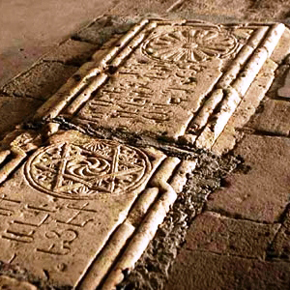
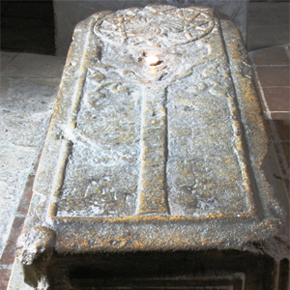
Fig.12 Tombstone of the Prince Hasan Fig.13 Sarcophagus of Negru Voda-
Jalal Vahtangian – Gandzasar - Arges Court – St. Nicholas Church
St. John the Baptist Cathedral
The Meaning of the Symbols carved on the sarcophagus, opened in a historical key, “explains” the further desecration of this amazing discovery… but in the same time, curses the profanators – the dicoverers, most likely.
Mr. Binder and Mr. Djuvara – had and still has the nobility of saving our history from Lies and ‘memory from Oblivion… as romanians.
My special acknowledgements go to the special Lady who gave me the opportunity to open this… Cista.
Vlad Totoianu